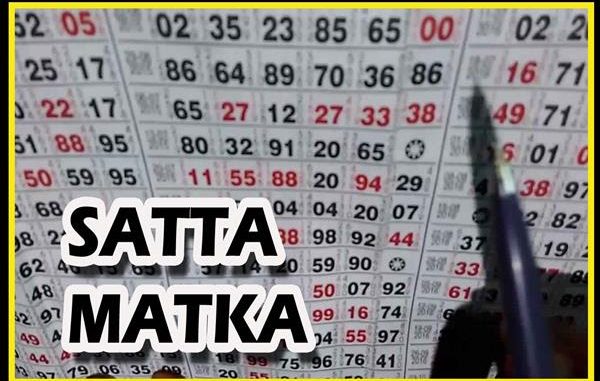
Matka gambling or Satta is a form of betting and lottery which originally involved betting on the opening and closing rates of cotton transmitted from the New York Cotton Exchange to the Bombay Cotton Exchange.
Satta Matka, Matka gambling Satta was a full-fledged lottery game that started in the 1950s just after India’s Independence. It was then known as ‘Ankada Jugar.’ It evolved with time and became completely different from what it was in the beginning, but the name ‘Matka’ stayed. The modern-day Matka gambling/ Dpboss is based on random number selection and betting.
In Sattamatkà, numbers from 0-9 are written on pieces of paper and put into a Matka, a large earthen pitcher. One person would then draw a chit and declare the winning numbers. Over the years, as times changed, the practice did too, but the name ‘Matka’ remained unchanged. Now, three numbers are drawn from a pack of playing cards. A person who wins a great deal of money from Matka gambling is known as a ‘Matka King.
When textile mills started flourishing in Mumbai, many mill workers played Matka, resulting in bookies opening their shops in and around the mill areas and that is how Central Mumbai became the hub of the Matka business in Mumbai.
SATTA MATKA: HISTORY
Satta Matka originated in the 1950s when people used to place bets on the opening and closing rates of cotton that were transmitted to the Bombay Cotton Exchange from the New York Cotton Exchange, via teleprinters.
In 1961, the New York Cotton Exchange stopped the practice, which caused the punters/gamblers to look for alternative ways to keep the Satta Matka business alive. The 1980s and 1990s saw the Matka business reach its peak.
Note: Gambling is illegal in India since the British government introduced the Public Gambling Act in 1867.

Leave a Reply